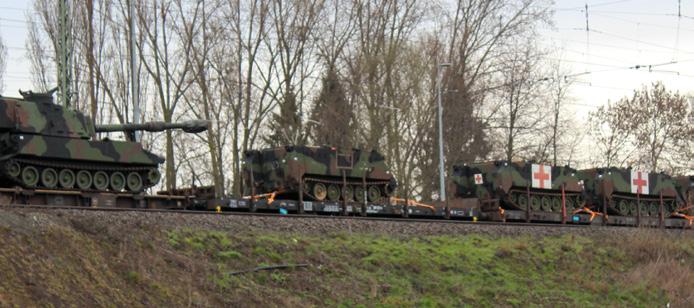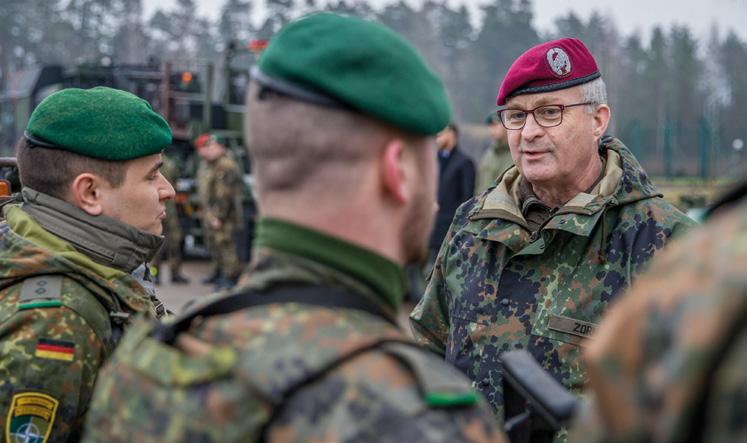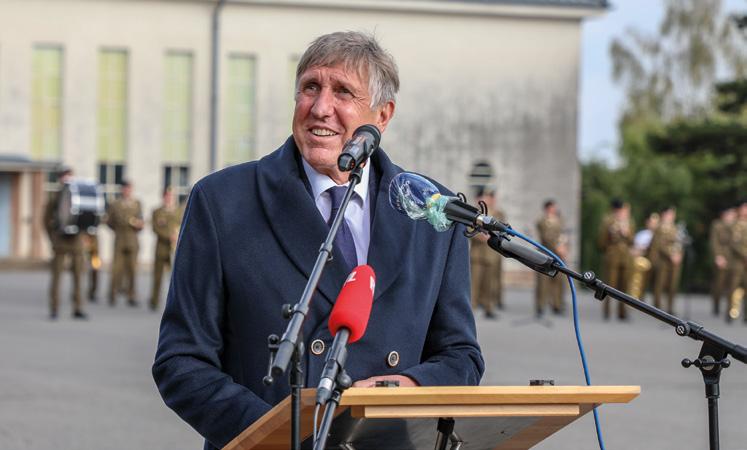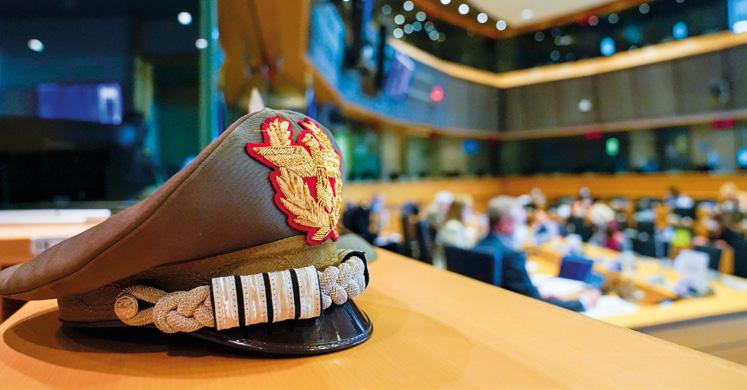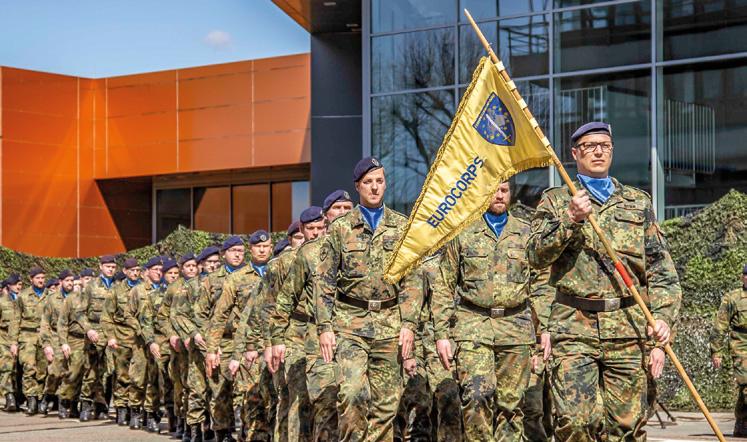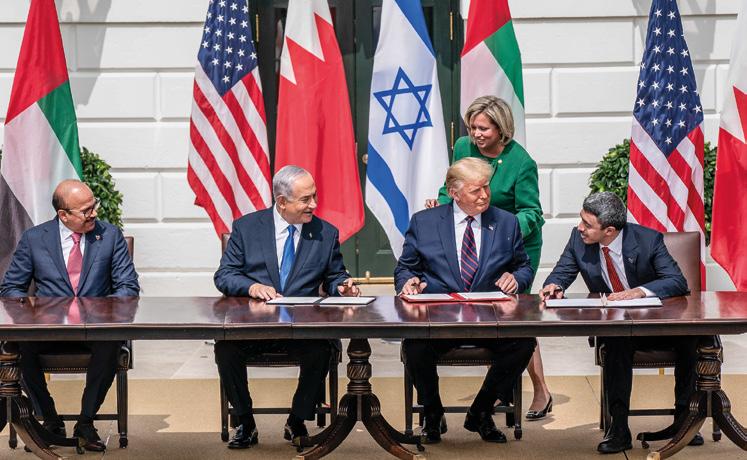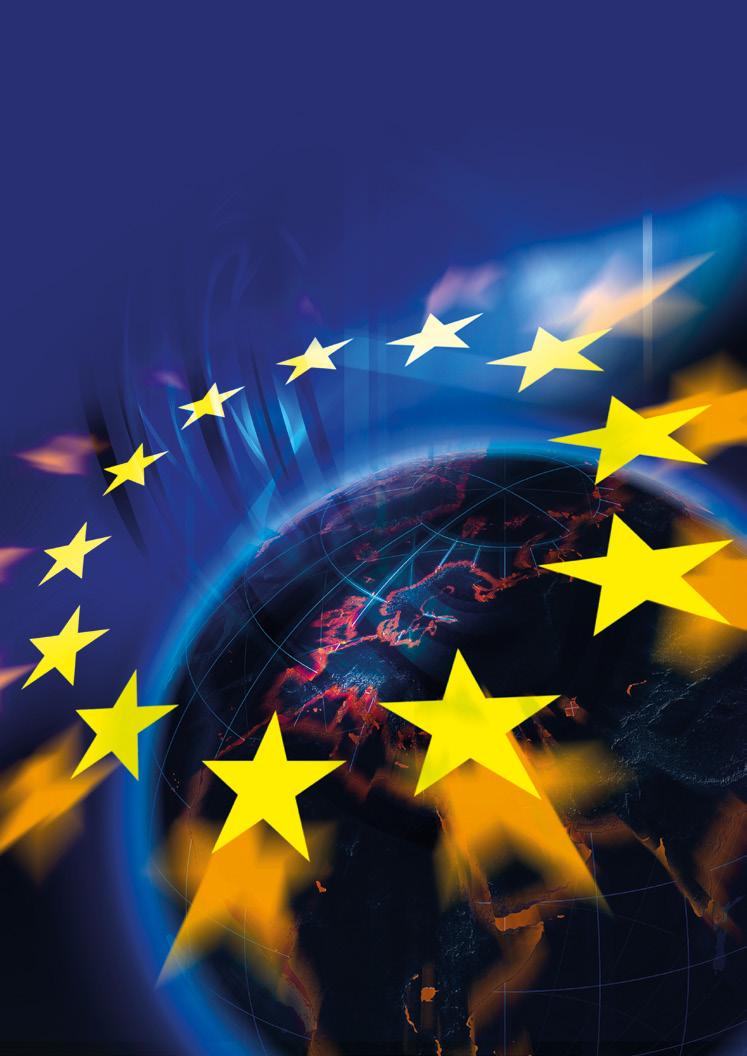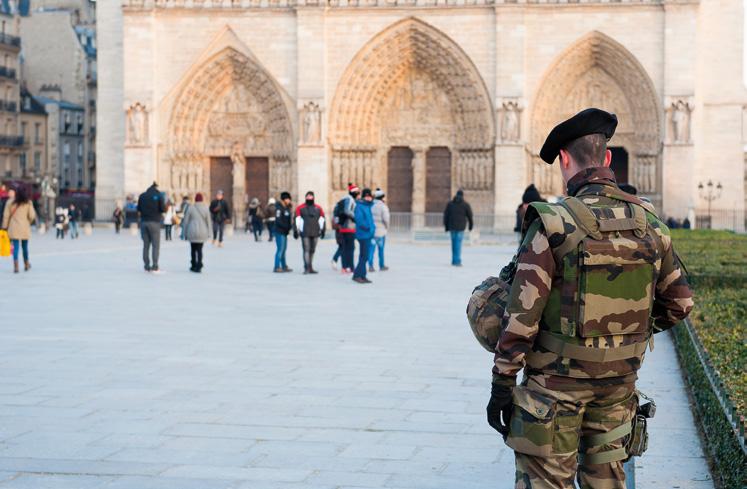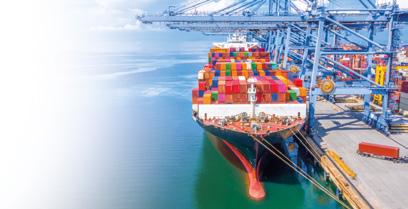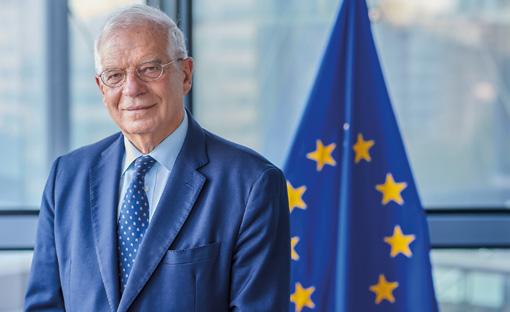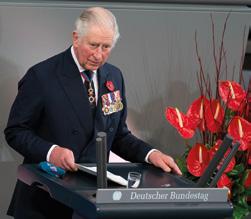Security and defence, both interdependent sides of the same coin
It is the crisis that ultimately moves the lines
by Cyrille Schott, Préfet (h.) de région, Member of the Board of EuroDéfense France, Paris
S
ecurity occupied the minds of Europe’s founding fathers: “Never again war!” However, they pragmatically focused on the economy, creating the European Coal and Steel Community, followed by the European Economic Community in the Treaty of Rome in 1957. The failure of the European Defence Community (EDC) leading to the handing over, through NATO, of the defence of Europeans to the United States, means that the project of European defence cannot then succeed. Europe is moving forward in peace, with America protecting. When the iron curtain collapsed, western and eastern Europe met again. The Community becomes the European Union (EU) in 1992. If we believe then in the “end of history” and the triumph of liberal democracy, war reappears at the gates of the Union: in former Yugoslavia, in the Caucasus, in Ukraine. And Europeans perceive the rise of threats: in the east, there is concern about the Russian attitude, in the south we feel the terrorist threat, the worrying destabilisation of the Middle East and Libya, Turkish aggressiveness, the fear of new waves of migration, the fear of cyber-attack is everywhere. Europe is discovering an America looking towards the Pacific and preferring to discuss with each of the European nations in isolation, in a position of weakness, and not with the global economic power that forms a united Europe. The other continent-states, China, Russia, would also like to deal with a fragmented Europe. With Donald Trump not hesitating to call it a commercial “enemy”,
18
the Union can no longer claim to be progressing in the shadow of the American umbrella. For the “miracle of peace” to continue, we must now have “a Europe that protects”. The issue of security and defence is gradually at the heart of the European agenda.
Significant progress in internal security Internal security is progressing. The implementation of the Schengen Convention, signed in 1985, was a decisive step. The decision to open internal borders to the free movement of people was accompanied by “compensatory measures” to combat crime: the development of police, customs and judicial cooperation; the creation of a database of persons and sought objects. Schengen cooperation will be a laboratory for European integration in the field of security. After Schengen, the Maastricht Treaty created in 1992 the “justice and home affairs” pillar, which is based on intergovernmental cooperation, the Amsterdam Treaty, in 1997, establishes the “area of freedom, security and justice”, and the Treaty of Lisbon, in 2007, marks another major moment, by abolishing the pillar structure and thus generalising the Community method and giving some power to the supranational institutions in this area. Cooperation between police forces is now close and is based on the Europol agency, created in 1995. Europol has more than 1,000 staff, welcomes 220 liaison officers and supports more than 40,000 cross-border investigations annually. Cooperation in criminal matters has continued to grow, with the assertion
photo: © raresgud, stock.adobe.com
THE EUROPEAN – SECURITY AND DEFENCE UNION


